Stella Tennant on Holland & Holland’s collaboration with Sotheby’s
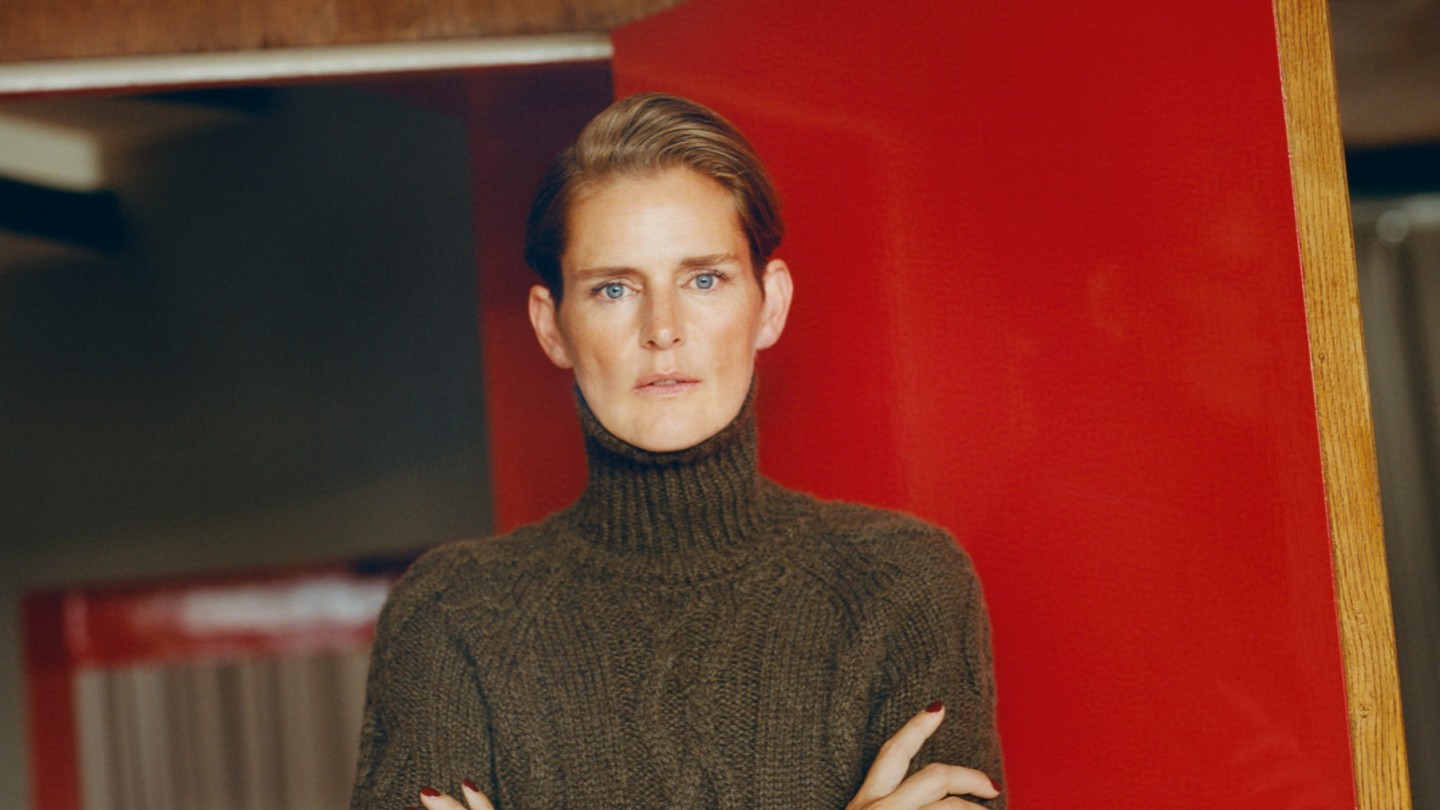
Simply sign up to the Fashion myFT Digest -- delivered directly to your inbox.
In footage from a 1953 documentary about her work, Barbara Hepworth stands in the clifftop garden of her St Ives studio, hammering and chiselling a huge lump of stone into something resembling perfection. She is utterly immersed in the sculpting process, at one with the wildness of her surroundings. She is dressed in a short-sleeved pale-blue shirt, belted at the waist, with burnt-orange wide-legged trousers. Her dark hair is tied back in a chignon, but she seems oblivious to the strands that the coastal wind lashes around her handsome face. At her throat she wears a heavy silver collar necklace.
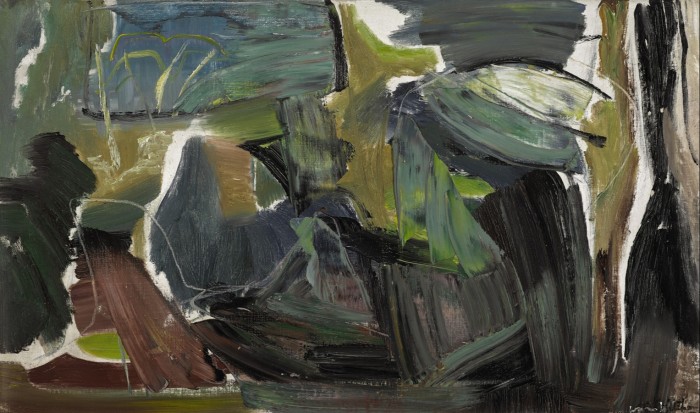
“I’m hugely inspired by her,” says Stella Tennant, the 48-year-old supermodel who, along with her great friend, former Vogue stylist Isabella Cawdor (mother of model Jean Campbell), makes up the creative duo behind the historic British field-sports brand Holland & Holland. “Everything about this particular footage – the strength, the chic, the practicality, the sense of the elements – chimes with the lifestyle that we are creating clothes for.”
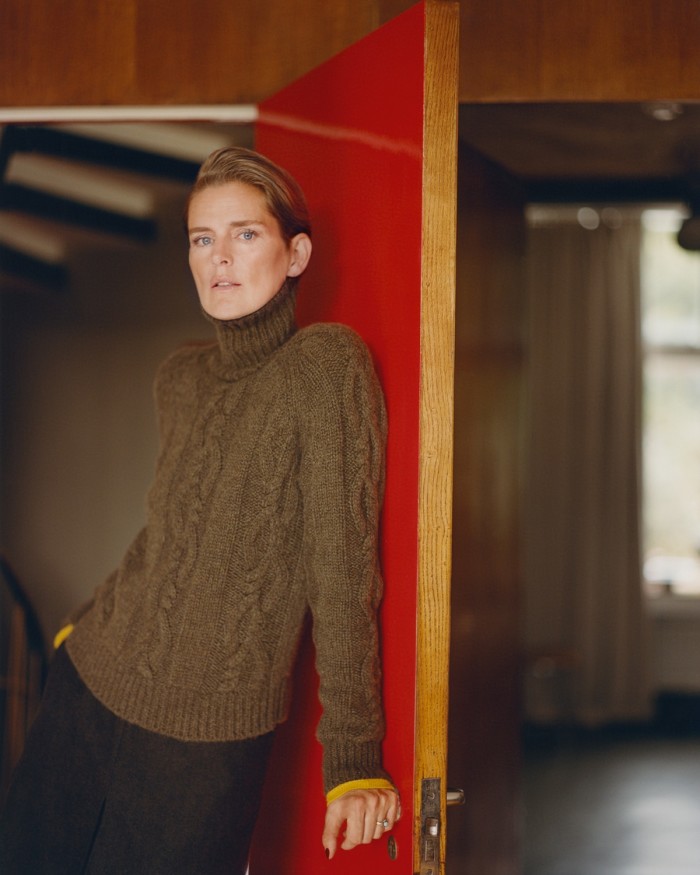
We are sitting in the living room of 2 Willow Road, the National Trust-owned Hampstead home of the late modernist architect and furniture designer Ernö Goldfinger (most famous – apart from having threatened to sue Ian Fleming for taking his name in vain – for his design of west London’s Trellick Tower). The project we are here to discuss is Holland & Holland’s curatorial collaboration with Sotheby’s Modern & Postwar British Art department, which celebrates the synergy between fashion and art with an installation of key pieces from the forthcoming Sotheby’s sale at the label’s flagship store on Bruton Street. The works, currently on show, include paintings by Ben Nicholson, Ivon Hitchens, Peter Lanyon, Patrick Heron, John Piper and William Scott – handpicked by Tennant and Cawdor themselves.
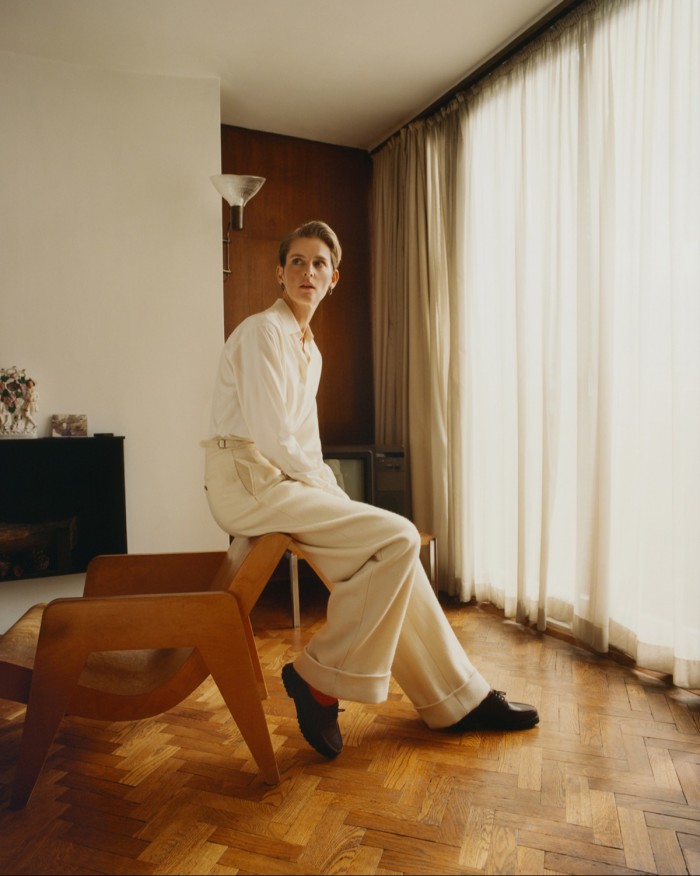
A former art student, whose intended career as a sculptor was interrupted by an unintended – but stratospherically successful – career as a model, Tennant (whose maternal grandmother was the late “Debo” Devonshire, née Mitford) is particularly passionate about this period of British art. Poised and impossibly stylish in baggy black jeans and a burnt-orange Holland & Holland cashmere sweater (and coordinating socks), Tennant seems well-versed in the subject, pointing out works at 2 Willow Road by Bridget Riley, Roland Penrose and Henry Moore in her clipped, Mitford-esque tones, as if they are fellow guests at a particularly classy party. “You don’t need any art education to feel a connection with the energy of their work. I just know what I like, really,” she shrugs, with patrician self-deprecation, before filling me in on the birth of abstraction.
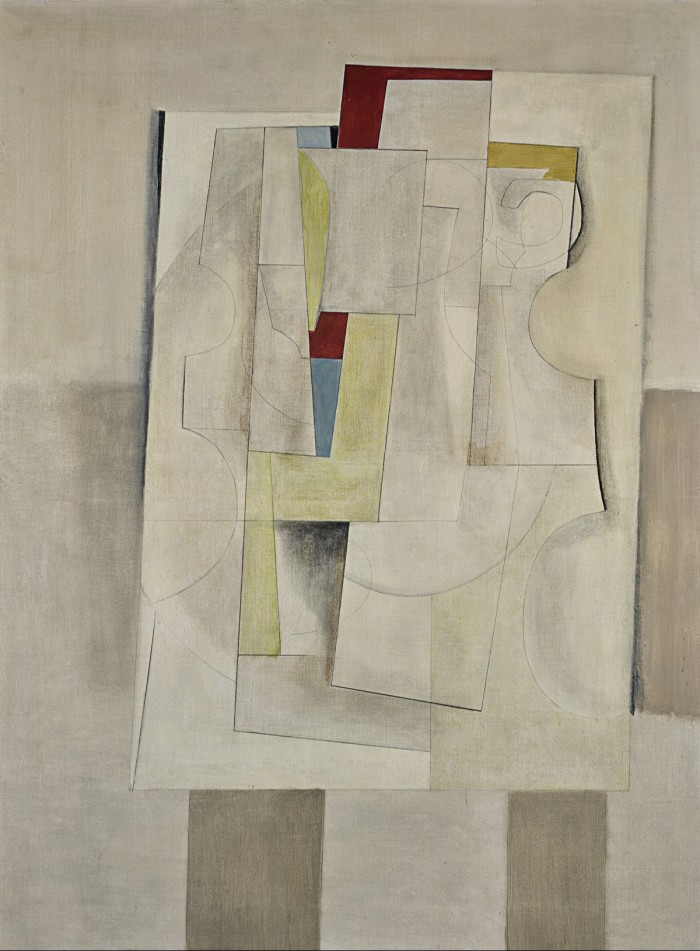
“I’ve been fortunate enough to be surrounded by art, from Old Masters to modern works, all my life,” writes Cawdor – the more overtly publicity reticent of these two social-media refuseniks – in an email a few days later. The daughter of the Earl of Harrington and the wife of the 7th Earl and 25th Thane of Cawdor, she, like Tennant – who she first met over 20 years ago when she booked her for a photo shoot in Arizona – has lived a life touched with beauty. A successful fashion stylist in her own right, Cawdor – whose home is a mid-19th-century lodge overlooking the River Findhorn in Scotland – felt a visceral response to the works that Simon Hucker, Sotheby’s senior director and co-head of Modern & Postwar British Art, put forward for selection, not least a huge William Scott mural in reds and burnt oranges that happened to coordinate particularly well with the shoes she was wearing at the time.
“From the off, both Isabella and Stella were at terribly British pains to point out that they knew absolutely nothing about the art,” Hucker recalls of their initial meeting. “But it didn’t take long for me to realise that we were actually totally in sync. They both have extremely good taste; they know what they like and they know what feels right, creatively, for their brand. Just like these artists did, they spend a great deal of time thinking about colour, texture and form.”
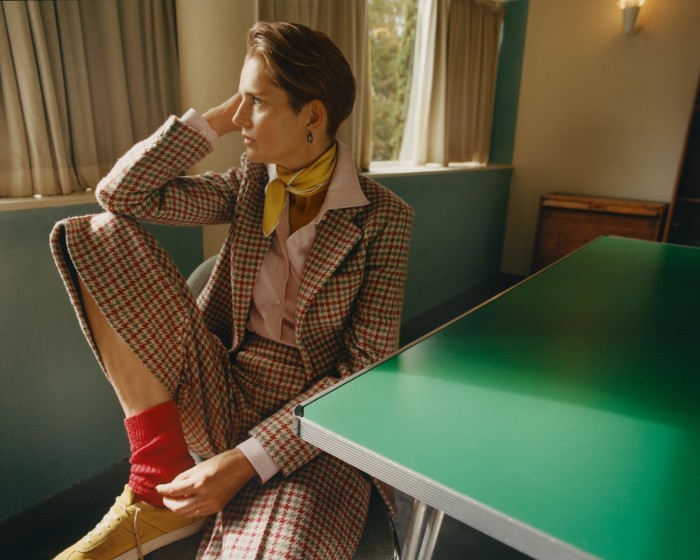
“Our love of the British landscape is at the heart of our vision for Holland & Holland,” says Tennant, a born-and-bred country gal who – after a brief dalliance with New York living – chose to return with her photographer-turned-osteopath husband, David Lasnet, to her wild, windy roots in Berwickshire to raise their four children. Like Cawdor, her neighbour in Scottish terms (“I’m Lowlands, she’s Highlands – but hey, they’re only four hours apart!”), Tennant feels most authentically herself when she’s immersed in nature – swimming in rivers, barbecuing mussels on the beach or simply walking up hills under wide, open skies. And it is this, more than anything – a genuine, raw reaction to their environment – that chimes with the work of this particular postwar generation of modern British artists.
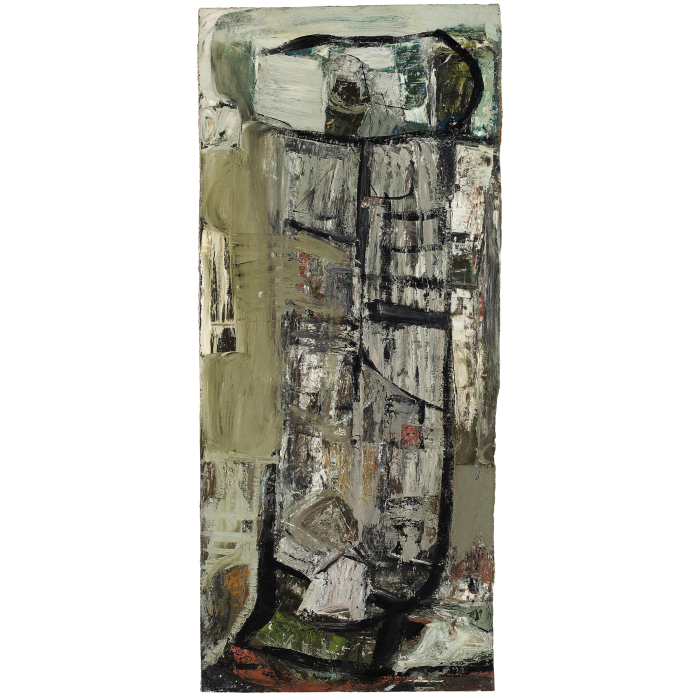
All the artists featured in the show felt a pull to the natural landscape. While Ivon Hitchens escaped a bombed-out London for the woodlands of West Sussex, Ben Nicholson found a charm to counter the darkness that was spreading from the continent in the Cornish coastal town of St Ives, where he lived with his second wife, Barbara Hepworth, until their divorce in 1951, and where his creative path crossed with artists such as Patrick Heron, Peter Lanyon, Bryan Wynter and Roger Hilton. “Unlike the Europeans, whose work was internalised to the rules of the canvas and the atmosphere of the studio, these British artists were creating an abstraction based on the natural world,” says Hucker. “For me, the aspects of the Holland & Holland aesthetic that resonated the most with the paintings were the textures, tones and elemental colour palettes. The creamy whites, the dirty pinks, the russet reds, the blue-green greys; the colours of the sea, the rain and the damp heather.”
“At the end of the day, we are designing clothes to be outside in, clothes to suit our lifestyle,” says Cawdor, whose friendship with Tennant is built on the foundations of a shared spirit of adventure. In collaboration with the photographer Jamie Hawkesworth, himself a nature lover with an artist’s eye for the abstractions of landscape, they have travelled to some of the remotest corners of the earth – northern Argentina, Mongolia and, most recently, the Norwegian fjords – to bring their designs to life in situ.
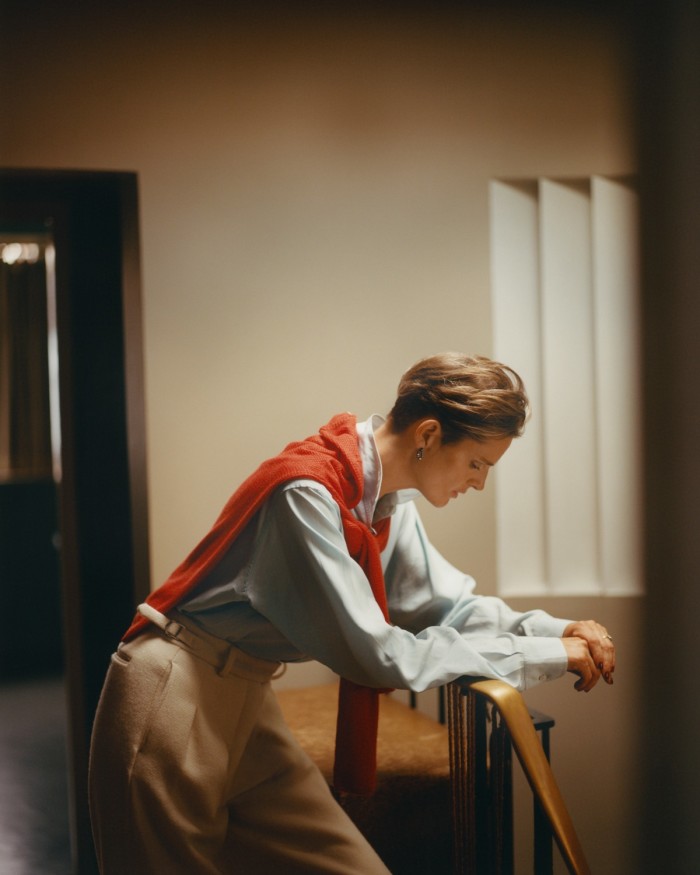
“The clothes need to be practical – you have to be able to climb over a barbed-wire fence in them – but they need to be elegant too,” says Tennant of the clothes, which have, in turn, reignited her passion for modelling (“I have a vested interest in making them look as good as possible!”). And, unlike the rest of us who have been known to take on the elements in an old pair of jeans and a cagoule, Tennant and Cawdor genuinely head for the hills, even when they aren’t being photographed, wearing tailored tweeds, butter-soft knits and elegant silk scarves.
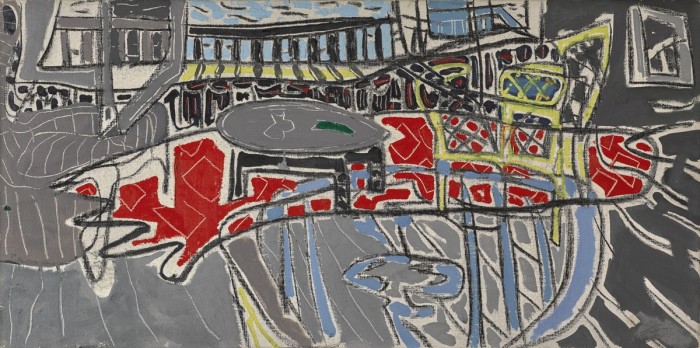
When Holland & Holland approached Tennant (a former face of Chanel, the house that acquired the label in the late 1980s) to overhaul their clothing range in 2015, she initially resisted. “I said I couldn’t possibly do it without Isabella,” she recalls. “Because although as a model I know how I like clothes to hang and feel, I wouldn’t have known where to begin with the end‑to‑end process of design.” Working together has genuinely been a pleasure. Of their monthly trips to see their design team in Paris, Cawdor says, “They feel like an extension of our friendship, more like long, easy conversations than work.” Under their creative direction – designing the clothes that they themselves would want to wear – the brand is gradually becoming one of the country’s most stylish fashion exports (70 per cent of Holland & Holland’s adventurous, globetrotting customer base are non-British, and 50 per cent of those are American).
Crucially, Holland & Holland’s particular brand of street-cred tweeds, timeless cotton shirts, colourful cashmere and beautifully stitched leather footwear is perfectly on message for a sustainable generation; a generation – as represented by Tennant’s recent #SecondHandSeptember modelling collaboration with Oxfam – that is moving away from disposable fashion towards more quality control. “At Holland & Holland, we prioritise quality and comfort over passing trends,” says Tennant. “We are creating clothes that we hope people will want to invest in: classic, beautifully made pieces that will stand the test of time.”

Where possible, Tennant and Cawdor produce their biannual collections using fabrics that are made in Britain. “These are very well‑considered clothes,” says Tennant, who in her local town of Hawick, peering into a magnifying glass to see the riot of coloured threads that make up each seemingly muted tweed. Like the different landscapes their tweeds are specifically designed to complement, each one has a distinctive identity – rooted in history, but able to adapt to a changing future. “It is so versatile,” enthuses Tennant, who is amused by the idea of her nose‑ringed, 19-year‑old self wearing “wouldn’t be seen dead in” tweed. “It works just as well in the city as in the hills. And nothing, to me, is chicer than a traditional houndstooth suit, the cuff rolled back to reveal a coloured lining, dressed down with a pair of great trainers.”
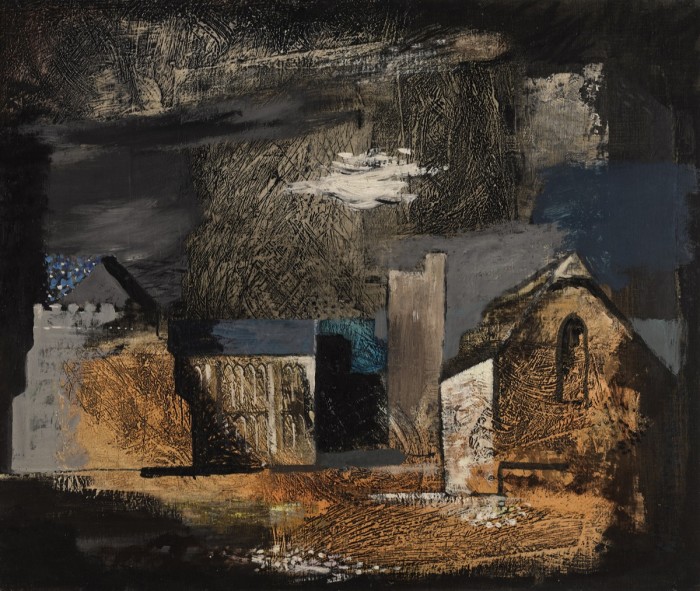
Like the clothes Tennant and Cawdor have designed, the works of art hanging alongside them don’t need to shout out to be seen. “These are artists with a restrained aesthetic,” says Hucker. “When Jeffrey Archer had his shepherd’s pie and champagne parties, he would tell guests to ‘turn left at the Matisse’ to get to the bathroom. But you would never say that about a John Piper or a Ben Nicholson. What I love about these particular works by these particular artists is that they are incredibly beautiful without being ostentatious. And there is such integrity in that.”
Saying goodbye to Tennant, backlit by the autumn light on Hampstead Heath, quietly interested in where I’m going and how I will get there (and not a mobile phone in sight), one could just as easily say the same of her.
Comments